Nature’s partners in survival! - Mutualism
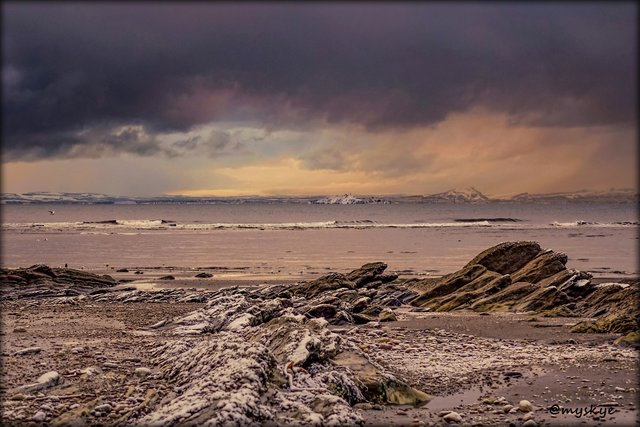
Hello my dear Steemians,
This is the new account “Planetwild” by @stef1 and @myskye. This account is about collecting Steem for the PlanetWild project. That's why I'm going to post once a day. Everything we get together here (Steem, SBD, SP) goes to the project. Then let's see what we can do here...
I already told you about Dysart and showed you some photos, and now I have a few winter impressions of our coastal region (Kirkcaldy, Dysart).
In winter everything looks different, somehow more mystical and mysterious.
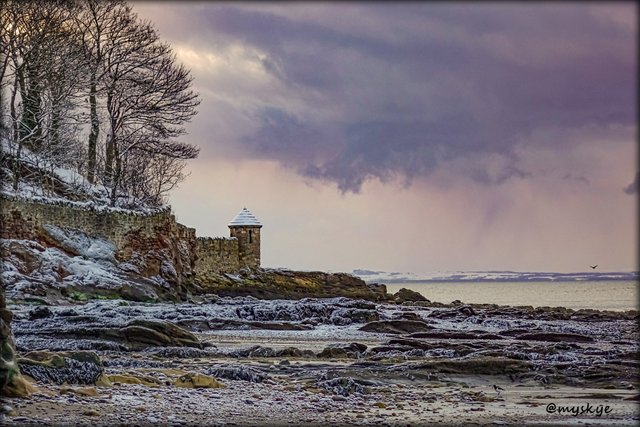

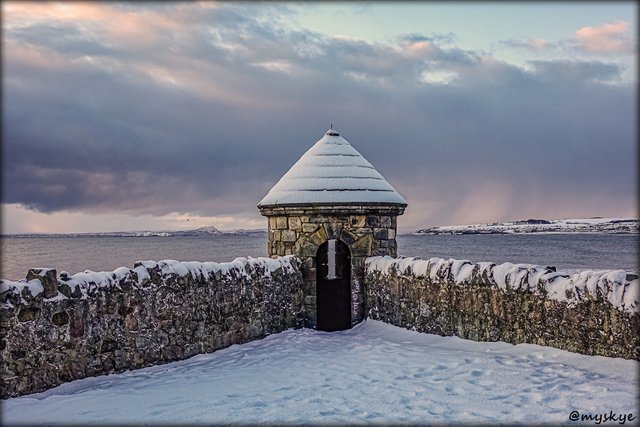
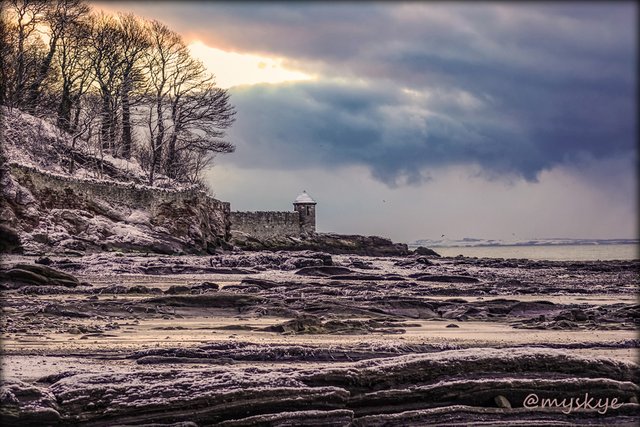

Do you know what mutualism means, or have you ever heard of it?
Mutualism is a symbiotic relationship between two organisms in which both benefit from the interaction. Each organism provides a service, resource, or other benefit that helps the other survive and thrive. This type of relationship is common in nature and can be seen in various instances, such as between pollinators and plants, or between certain species of fungi and trees. Mutualistic relationships are crucial for maintaining ecological balance and biodiversity.


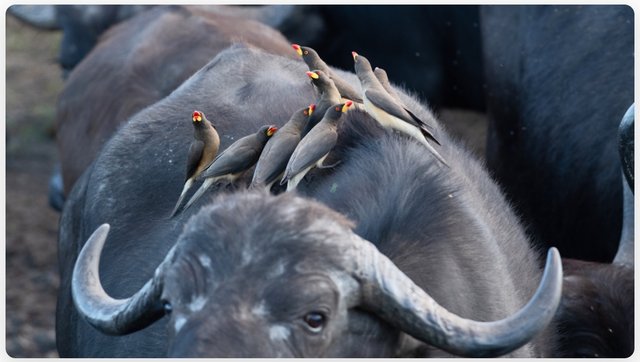
From the ocean floor to the rainforest canopy, nature has perfected the art of mutualism. As our planet has evolved over millions of years, animals, plants, and lots of other species have found amazing ways to work together, becoming partners in survival. This relationship is called mutualism, and it’s one of the key building blocks of a successful and healthy ecosystem.
It was coined by Belgian zoologist Pierre-Joseph van Beneden all the way back in 1876, when he used the term to describe “mutual aid among species”—how some animals, plants, and even single-celled organisms work together to form win-win relationships.
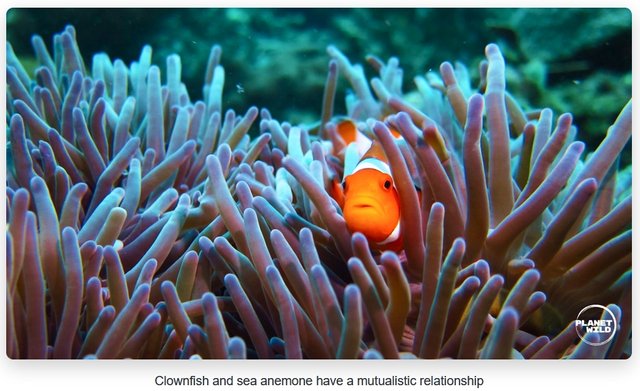
Mutualism in the wild can be broken down into five distinct patterns:
- Facultative mutualism: When species have a flexible relationship with each other, meaning they rely on each other when conditions are favorable. Think of it as a "you scratch my back, I'll scratch yours, but we're okay if we have to go solo" arrangement.
- Obligate mutualism: When species are completely dependent on each other for survival. Obligate relationships can be thought of as a “ride or die” alliance.
- Trophic mutualism: Similar to Facultative mutualism, but the exchange of food or nutrients is the only focus of this relationship. Species provide food or energy to each other for mutual benefit.
- Defensive mutualism: When one side of the relationship receives food and shelter, and in return helps their partner to defend against predators, parasites or other threats.
- Dispersive mutualism: When one partner (pollinators) receive food in return for helping flowers spread their pollen.






Excellent photographs, they filled me with positive emotions, but did not receive anything from me in return, it turned out to be such a one-sided mutualism, like the interaction of a fly and cutlets :)
Thank you, friend!


I'm @steem.history, who is steem witness.
Thank you for witnessvoting for me.
please click it!
(Go to https://steemit.com/~witnesses and type fbslo at the bottom of the page)
The weight is reduced because of the lack of Voting Power. If you vote for me as a witness, you can get my little vote.